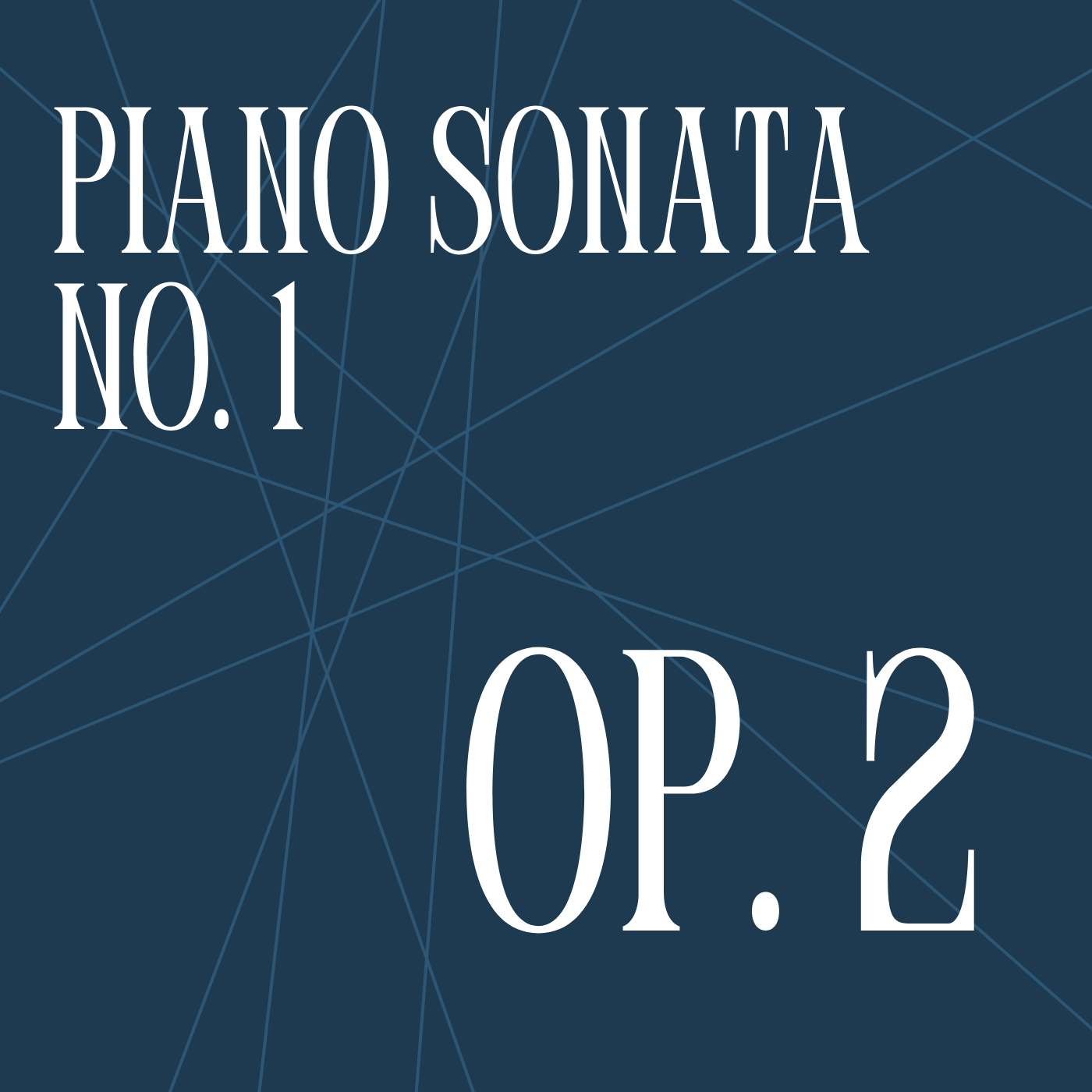
Piano Sonata No. 1
Movement IPiano Sonata No. 1 is probably my most energetic piece with various tempos and moods, sudden changes and more interesting harmonies, while still reminiscent of Philip Glass.
Program note
Piano Sonata No. 1 is divided into three movements with traditional tempos: fast - slow - fast.
Movement I opens on a long highly chromatic chord progression starting on an E minor chord and ending on a G minor chord (tonic of the movement). The same chord progression returns several times throughout the first movement and is also the basis of the third movement.
Another important harmonic movement used in many of Glass’ own compositions is the so-called minor line cliché, which could be written like this: i - ♭Iaug - III - ♭Iaug. This is also the basis of the second movement. Another chord progression in the first movement is derived from the fast triplet sections of Glass’ Étude No. 1: i - VI - vi - V. The movement is again full of arpeggios of these chords.
Movement II opens with a melody over the minor line cliché. The melody is then overtaken by simple chords of the minor line cliché. The rhythm then suddenly changes to a polyrhythm of 3:2, which is again a very typical tool Philip Glass uses in many of his compositions, most notably in the opening to Glassworks. Then even the accompaniment changes into triplets. After this, a fragment of the melody from the beginning is heard. This time over a different chord progression: i - v - vi - ♭I. The movement ends on a D minor triad.
Movement III opens with an arpeggiated version of the opening chord progression from the first movement. After this, the other two chord progressions are pronounced in triplets in both hands. This section is then repeated. Suddenly, a melody enters resembling the ones from Movement II, now in a major key (D major). A variation of it is played over fast arpeggios of chords, a suspenseful sound. Suddenly, the fast arpeggios return and lead the composition to an end.